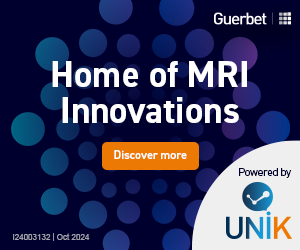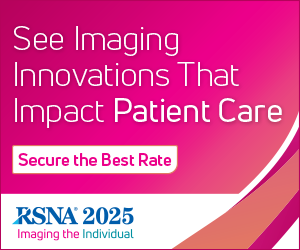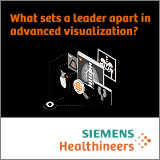|
E-Newsletter • September 2025 |
▼ ADVERTISEMENT

New AI Method Improves Accuracy of Chest X-Ray Reads
Scientists from CSIRO, Australia’s national science agency, have developed a world-first method to teach AI how to write more accurate chest X-ray reports by giving it the same information doctors use in real life. Using more than 46,000 real-world patient cases from a leading US hospital dataset, the team trained a powerful multimodal language model to generate detailed radiology reports. The results showed 17% better diagnostic insights and stronger alignment with expert radiologist reporting.
▼ ADVERTISEMENT

With hospitals worldwide struggling to keep pace with demand amid chronic radiologist shortages, this research could pave the way for faster, safer, and more reliable X-ray reporting in clinical settings. Until now, AI tools tasked with interpreting chest X-rays relied solely on the images themselves and the doctor’s referral, without being equipped to read the vital clues hidden in patients’ medical records. Researchers from CSIRO’s Australian e-Health Research Centre flipped that approach—combining imaging with emergency department data such as vital signs, medication history, and clinical notes to significantly improve diagnostic performance.
“The AI is functioning as a diagnostic detective, and we’re equipping it with more evidence,” says lead author Aaron Nicolson, PhD. “When you combine what’s in the X-ray with what’s happening at the bedside, the AI gets more accurate, and much more useful.”
▼ ADVERTISEMENT
 |
Deep Learning Model Estimates Cancer Risk
Researchers at Radboud University Medical Center in Nijmegen, the Netherlands, have developed an AI tool that estimates the malignancy risk of lung nodules with high detection rates and low false-positive rates. The algorithm was evaluated against the Pan-Canadian Early Detection of Lung Cancer model.
▼ ADVERTISEMENT
 
IR Procedure Relieves Knee Pain
A minimally invasive procedure called genicular artery embolization shows promise for relieving the symptoms of knee osteoarthritis. Researchers say the procedure may be beneficial for people who are not ready for knee replacement or those who are not good candidates for surgery.
Collaborative AI Improves Diagnostic Accuracy
Researchers have developed a collaborative AI system that incorporates eye gaze data and radiology reports to improve diagnostic accuracy in chest X-ray interpretation. The study was published in Radiology: Artificial Intelligence. |
“One of the biggest challenges that we face in radiological AI research is we usually don’t have large datasets to train our AI models on. To be able to train AI models, we always need to curate large and high-quality datasets. The high quality is sometimes easy, but the large part can be a little bit tricky. Maybe I need to aggregate a million or so chest X-rays, but what if I only had 100,000 images? If we have small datasets, how can we still build high-quality AI models?”
|
|
|
COVER STORY
On Balance
The ubiquitous use of CT scans raises questions about radiation dosage and the possibility of associated cancer risk.
FEATURE
Examining TBI
The clinical biomarker imaging and modifier framework offers a new way to assess traumatic brain injuries by utilizing biomarkers to identify tissue damage.
|
|
|
| Advertising Opportunities |
Have a product or service you want to market to radiology professionals? Utilize the reach of Radiology Today Magazine to accomplish your marketing goals. Email our experienced account executives today at sales@gvpub.com or call 800-278-4400 for more information.
|
| © 2025 Radiology Today Magazine |
|
|